#Deep Space Network
Text


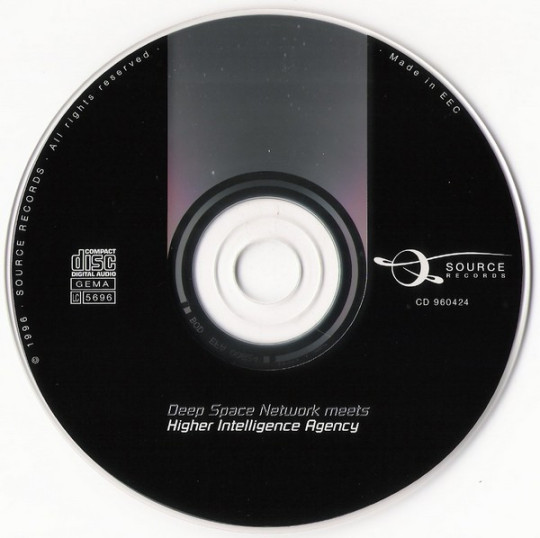

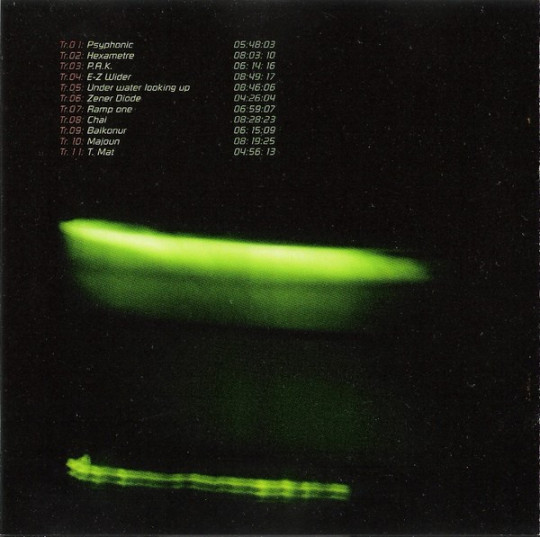
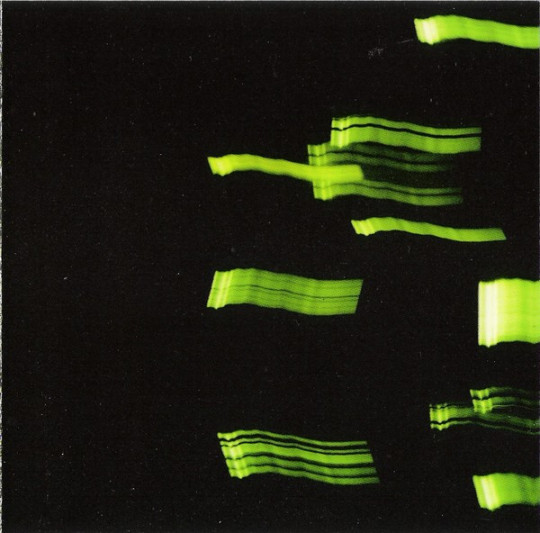
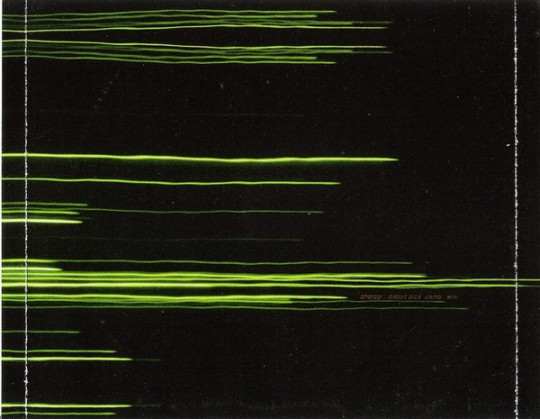
Deep Space Network Meets Higher Intelligence Agency – Deep Space Network Meets Higher Intelligence Agency (1996)
#96#90s#1996#1990s#album art#album cover#album#ambient#art#black#cd#cybercore#cyber y2k#deep space network#design#disc#downtempo#electronic music#electronic#future#futuristic#futurism#graphic design#graphics#green#higher intelligence agency#kaybug#minimal techno#music#photography
121 notes
·
View notes
Text
NASA flight controllers accidentally turned the 46-year-old Voyager 2 probe's antenna 2 degrees away from Earth, cutting off communication. They may have to wait until it goes through an automatic reset in October before contact can resume.
12 notes
·
View notes
Text
The NASA Deep Space Network (DSN) is fascinating, 3 sites located in the USA, Spain and Australia to ensure that there's always an antenna listening to deep space missions.

NASA has some wonderful official poster art for the DSN



1 note
·
View note
Link
The Goldstone Solar System Radar, part of NASA’s Deep Space Network, made these observations of the ...
#originaltags#asteroids#deep space network#jet propulsion laboratory#near-earth asteroid (nea)#planetary defense#planetary defense coordination office#potentially hazardous asteroid (pha)#space communications & navigation program
0 notes
Video
By Their Powers Combined by NASA's Marshall Space Flight Center
Via Flickr:
This April 20, 2024, image shows a first: all six radio frequency antennas at the Madrid Deep Space Communication Complex, part of NASA’s Deep Space Network (DSN), carried out a test to receive data from the agency’s Voyager 1 spacecraft at the same time. Combining the antennas’ receiving power, or arraying, lets the DSN collect the very faint signals from faraway spacecraft. Voyager 1 is over 15 billion miles (24 billion kilometers) away, so its signal on Earth is far fainter than any other spacecraft with which the DSN communicates. It currently takes Voyager 1’s signal over 22 ½ hours to travel from the spacecraft to Earth. To better receive Voyager 1’s radio communications, a large antenna – or an array of multiple smaller antennas – can be used. A five-antenna array is currently needed to downlink science data from the spacecraft’s Plasma Wave System (PWS) instrument. As Voyager gets further way, six antennas will be needed. Credit: MDSCC/INTA, Francisco “Paco” Moreno #NASAMarshall #NASA #Voyager #DSN #DeepSpaceNetwork Read more More about NASA's Voyager 1 spacecraft NASA Media Usage Guidelines
#NASA#NASA's Marshall Space Flight Center#NASA Marshall#Marshall#MSFC#Voyager 1#Voyager#Deep Space Network#flickr
0 notes
Text
NASA Restore the permanent contact with Voyager 2 spacecraft know how
हाइलाइट्स
21 जुलाई को नासा का वॉयजर 2 से संपर्क स्थायी तौर पर कट गया था.
इसकी वजह से गलती से एक आदेश का जाना था जिससे यान का एंटीना मुड़ गया था.
अब शक्तिशाली ट्रांसमीटर से एंटीना सुधारने के आदेश पहुंचने से यह सफलता मिल सकी.
कुछ हफ्तों पहले ही अमेरिकी स्पेस एजेंसी नासा का अपने एक प्रतिष्ठित यान वॉयजर 2 से संपर्क टूट गया था. इसके बारे में बताया जा रहा था कि वैसे तो कई तरह से वॉयजर 2 से संपर्क करने…

View On WordPress
#contact#Deep Space Network#Interstellar Space#JPL#nasa#permanent#Research#Restore#science#Solar System#Space#spacecraft#Voyager#Voyager 2#Voyager mission
0 notes
Text
Dünya’nın En Büyük Bilimsel Telekominikasyon Sistemi: Deep Space Network
Dünya’nın En Büyük Bilimsel Telekominikasyon Sistemi: Deep Space Network
Dünya’nın En Büyük Bilimsel Telekominikasyon Sistemi: Deep Space Network
Deep Space Network; Türkçe’ye direkt olarak çevirecek olursak Derin Uzay Ağı, dünyadaki en büyük ve en hassas biliimsel telekominikasyon sistemidir. Deep Space Network (DSN) NASA’ya ait uluslararası devasa radyo antenleri dizisine verilen addır. Bu ağ NASA’nın uzay görevlerindeki uzay araçları ile iletişim kurmasını sağlar…

View On WordPress
#astronomi#bilim#bilim ve teknoloji#Deep Space Network#dünya#Dünya’nın En Büyük Bilimsel Telekominikasyon Sistemi#Dünya’nın En Büyük Bilimsel Telekominikasyon Sistemi: Deep Space Network#evren#fizik#teknoloji#uzay
0 notes
Text

dream from three days ago
#dream diary#flotsam diaries#sketchbook stuff#something something a bunch of huge ass crocodiles in this sewer network basement thing and people were trying#to petition to reopen this old tunnel that led to one of the great lakes that apparently was 3000 feet deep so they could have space#and if you gave them yellow apples/asian pears they would leave you alone#also huh starting to slowly have dreams again; kinda had a period of time where it wasn't on a regular basis
2K notes
·
View notes
Text





#hilltop insane clinic#thailand#mythology#cozycore#naturecore#cats of tumblr#space cats#moodboard#lifestyle#senior blogger#cosmic cheerleaders#education#lovers#christian broadcasting network#house of mouse#house of the dragon#halloween man#bobowhips#house of funk#deep house
6 notes
·
View notes
Text


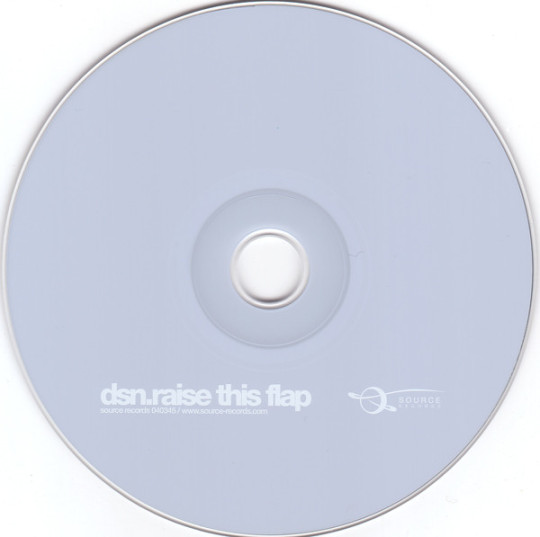

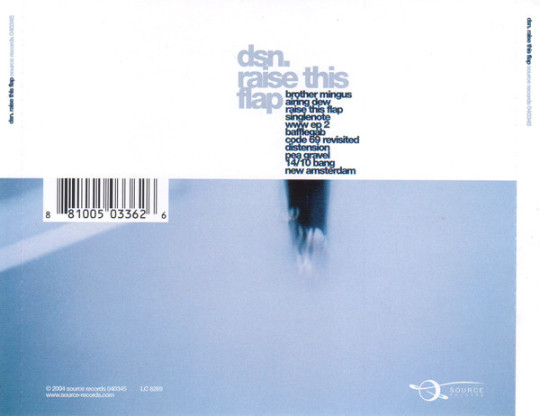

Deep Space Network - Raise This Flap (2004)
#2004#2000s#04#00s#album art#album cover#album#ambient#art#black#blue#cd#cybercore#cyber y2k#deep space network#design#disc#electronic music#electronic#future jazz#gen x soft club#graphic design#graphics#kaybug#music#photography#scans#techno#white#y2kcore
47 notes
·
View notes
Text
Started watching DS9 from the beginning because it is Friend Jane's fave Star Trek (I have always been a TNG girl, with Voyager a close second) and I had a few spare hours the other day
It's... weird. It's so weird. There's been a lot of this... prophetic Bajoran religious stuff?? And yeah, Star Trek is supposed to be weird but they don't usually dive into the spiritual existentialism stuff in the first couple of episodes
Also - hey you know how everyone loves Picard? Let's make the main character of this series absolutely fucking hate him and have a bunch of trauma from when the whole Locutus thing went down, that sounds like a fun idea
But
I love Quark very much and am warming up to Kira and I KNOW Bashir becomes a better character later on (can he PLEASE get over this embarrassing crush on Dax ugh) so I'm gonna keep going when I have the chance
Just uh. Some reeeeal interesting choices to start a series with there
#naomi watches ds9#deep space 9#ds9#star trek#also i saw the first ep where garak and bashir meet and it is SO GAY#real shame the networks at the time wouldn't let that be cannon
4 notes
·
View notes
Text
youtube
#toonami#toonami promo#adult swim#cartoon network#broken promises#joe boyd vigil#deep space bass#retro anime#classic anime#Youtube
6 notes
·
View notes
Text
Earth Station Trek - Seventeen Seconds - Episode 107
New Post has been published on https://esonetwork.com/est-107/
Earth Station Trek - Seventeen Seconds - Episode 107

This week the EARTH STATION TREK crew discuss the impending end of Star Trek: Discovery before reviewing “Seventeen Seconds”, the latest episode of Star Trek: Picard!
Earth Station Trek is a part of the ESO Podcast Network, Executive Producer Mike Faber.
#beverly#changling#crusher#deep space nine#DS9#ESO Network#geek podcast#Geek Talk#jeri ryan#Klingon#Patrick Stewart#picard#raffi#riker#Seven of Nine#seventeen seconds#Star Trek#titan
2 notes
·
View notes
Link
The Goldstone Solar System Radar, part of NASA’s Deep Space Network, made these observations of the ...
#originaltags#asteroids#deep space network#jet propulsion laboratory#near-earth asteroid (nea)#planetary defense#planetary defense coordination office#potentially hazardous asteroid (pha)#space communications & navigation program
0 notes
Text
i havent been able to get any service with my old number im trying to transfer or my temporary number since yesterday morning and idkwhy i fuckin love phones!!!!!!!!!! 🙃🙃🙃🙃🙃🙃
#*deep space noises*#i am going to bite something#gauruhargharghhghagh#ive turned my phone on and off i turned messages and facetime on and off i took my sim out earlier and put it back in#ive reset network settings which HAS finally changed the number on my new phone to my old one#but i still have zero service and i cant make or receive texts n calls#ive been so fuckin stressed out that i think i undid all my physio’s work from yesterday
1 note
·
View note
Link
Welcome to Astronomy Daily, your source for the latest in space and astronomy news. I'm your host, Anna, and today we have some exciting topics to discuss.
Episode Highlights
- Tsuchinchan-ATLAS (C/2023 A3): Dive into the fate of a newly discovered comet, Tsuchinchan-ATLAS (C/2023 A3), which has sparked both enthusiasm and debate among astronomers. Initially lost and then rediscovered, this comet's journey and potential fragmentation have divided the astronomical community.
- ESA's JUICE Mission: Explore the European Space Agency's daring mission as the Jupiter Icy Moons Explorer (JUICE) prepares for a groundbreaking lunar-Earth flyby. This maneuver will use the moon's and Earth's gravity to alter the spacecraft's trajectory toward Jupiter, showcasing innovative space navigation.
- NASA Beams Hip Hop to Venus: Highlight a musical milestone in space communication as NASA beams Missy Elliott's hip hop track, "The Rain (Supa Dupa Fly)," to Venus. This extraordinary blend of art and science symbolizes a fascinating crossover between space exploration and popular culture.
Tsuchinchan-ATLAS (C/2023 A3)
Officially known as C/2023 A3, this intriguing celestial object was discovered earlier this year on January 9 at the Purple Mountain Observatory's Xuyi station in China. Initially lost, it was rediscovered 44 days later at the Atlas station in South Africa. While predictions suggested it could become a bright naked-eye object by fall 2024, recent research by Dr. Zdenek Sekanina, a respected comet expert, suggests it may not survive its journey around the sun. The astronomical community remains divided, with some experts predicting disintegration and others observing signs of a healthy nucleus.
ESA's JUICE Mission
This August, JUICE is set to perform an ambitious lunar-Earth flyby, the first-ever attempt to use both the moon's and Earth's gravity to alter its trajectory toward Jupiter. This high-stakes maneuver will adjust JUICE's speed and direction without massive amounts of fuel, setting the stage for its epic journey to Jupiter. The mission involves continuous contact with ground stations and the activation of all ten science instruments to collect invaluable data.
NASA Beams Hip Hop to Venus
In an extraordinary blend of art and science, NASA's Deep Space Network transmitted Missy Elliott's hip hop track, "The Rain (Supa Dupa Fly)," to Venus for the first time. This initiative symbolizes a creative intersection between space exploration and popular culture. The song was beamed 158 million miles from Earth to Venus, showcasing the vast capabilities of NASA's communication systems.
Don't forget to visit our website, astronomydaily.io, to sign up for our free daily newsletter, track the latest astronomy news, and listen to all our previous episodes. Until next time, keep looking up and stay curious about the universe.
Check out our super special offer from our sponsor, Malwarebytes....50% off for a very limited time. Visit www.bitesz.com/malwarebytes for details.
#agency#astronomy#comet#deep#elliott#european#explorer#hip#hop#icy#juice#jupiter#mission#missy#moons#nasa#network#news#space#tsuchinchan-atlas
1 note
·
View note